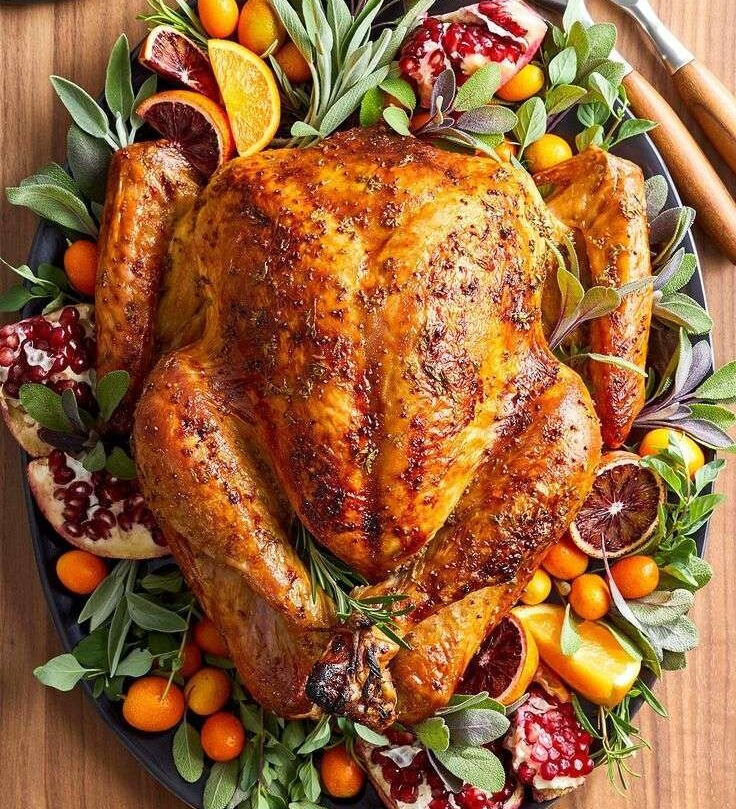Thanksgiving is a time for family, gratitude, and of course, a delicious turkey feast. Achieving the perfect turkey requires some planning and a little know-how. Follow these simple steps to ensure your Thanksgiving centerpiece is a culinary triumph.
Whether you’re a seasoned cook or a first-time host, these tips will guide you through the process of preparing a succulent and flavorful turkey that will have your guests begging for more. Let’s dive into the art of crafting the perfect Thanksgiving turkey.
Choose the Right Size Turkey
Selecting the appropriate turkey size is crucial. Plan on 1 to 1.5 pounds per guest. This ensures there’s enough for everyone and some leftovers.
Thaw the Turkey Properly
Thawing your turkey in the refrigerator is the safest method. Allow 24 hours for every 4-5 pounds of turkey. Patience is key for even cooking.
Brine the Turkey
Brining adds moisture and flavor. Use a simple saltwater solution with herbs and spices. Soak the turkey for at least 12 hours before cooking.
Season Inside and Out
Don’t skimp on seasoning. Rub a blend of herbs and spices both inside the cavity and on the skin to enhance the turkey’s natural flavors.
Stuffing: In or Out?
Consider cooking stuffing separately to ensure even cooking. If stuffing the turkey, do so lightly to allow air circulation and even heat distribution.
Truss the Turkey
Trussing helps the turkey cook evenly and looks more attractive when served. Use kitchen twine to tie the legs and wings close to the body.
Roast at the Right Temperature
Roast your turkey at 325°F. Use a meat thermometer to check for an internal temperature of 165°F at the thickest part of the breast and thigh.
Baste Regularly
Basting keeps the turkey juicy. Every 30 minutes, baste the turkey with its own juices or melted butter to enhance flavor and moisture.
Let It Rest
After roasting, let the turkey rest for at least 20 minutes before carving. This allows the juices to redistribute, making the meat tender and juicy.
Carve Like a Pro
Carving the turkey can be daunting. Start with the legs, then the breast. Use a sharp knife and carve against the grain for the best slices.










